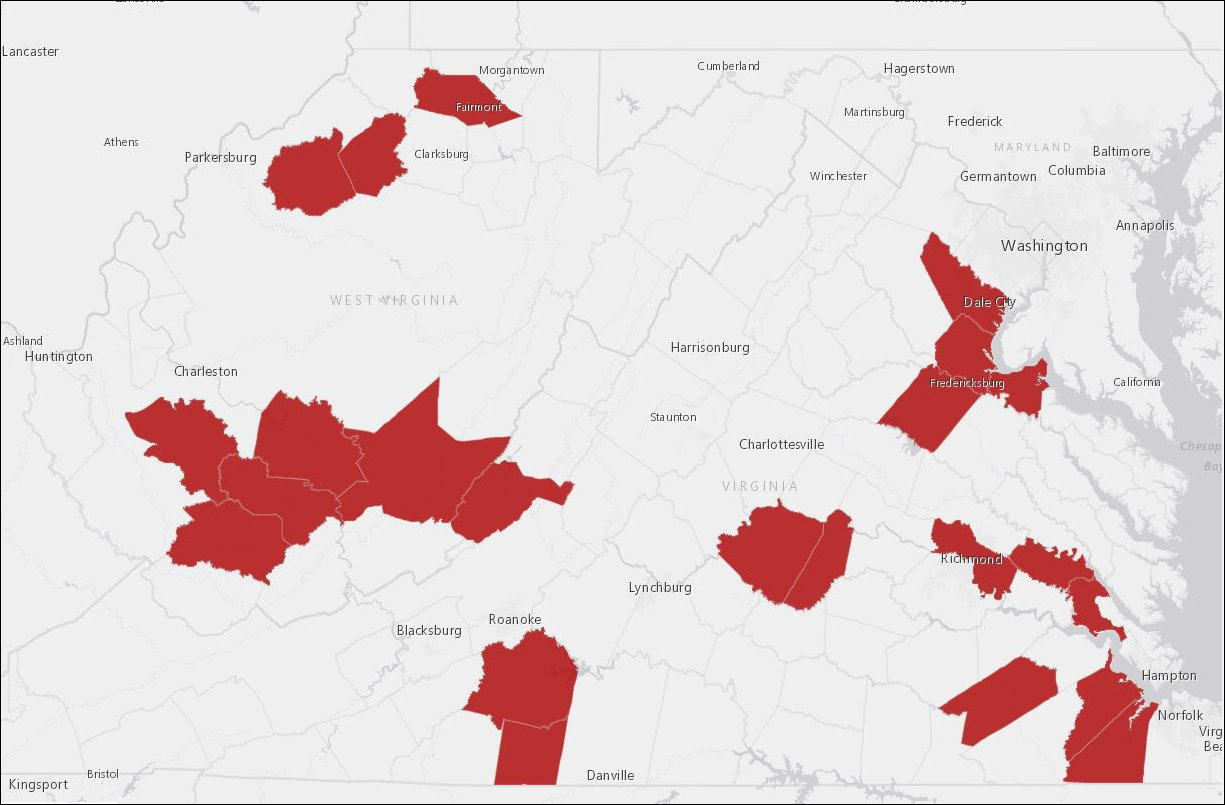Bacon’s Rebellion has been wallowing in history as of late, so we can’t pass up the latest research from the Demographics Research Group at the University of Virginia analyzing the impact of the Civil War on Virginia’s population.
The war was bloody, of course. Recent historians have estimated the total number of military deaths around 750,000. Census data indicate that the white, male, military-age population in the South was nearly 25% smaller after the war than would have been expected without the war. But that doesn’t include the effects of economic destruction, the flight of refugees, the movement of slaves seeking emancipation, or disruption to the pre-war migration to western states.
Given strong economic growth in Virginia (and what is now West Virginia) before the war, Census analysis suggests that Virginia would have added 229,000 new residents to a population of 1.6 million during the 1860s had the war not occurred. However, the 1870 census showed that the population of Virginia/West Virginia had increased by only 71,000 residents — 157,000 fewer than expected, Of those, only 33,000 were military deaths, writes Hamilton Lombard in a special report, “The Demographic Impact of the Civil War in Virginia.” That leaves a lot of people to be accounted for.
The map above shows the counties most impacted (losing more than 20% of their “expected” populations). Many counties in the east were in active war zones where farms, houses, and rural industries were devastated by conflicting armies. Surprisingly, West Virginia’s economy was affected as well, despite being far from the major war zones. One likely reason: The war disrupted the construction of railroads and the flow of capital into the state’s western counties. Writes Lombard: “The war set back the development and industrialization of western Virginia by at least a decade.”
The war also disrupted the migration to western states that otherwise would have occurred. During the 1860s, some 175,000 whites and blacks would have been “expected” to move west. It’s not clear how many left and how many stayed. The continued digitation of Census records, suggests Lombard, will allow researchers to calculate more authoritative estimates of civilian deaths, out-migration and births.



